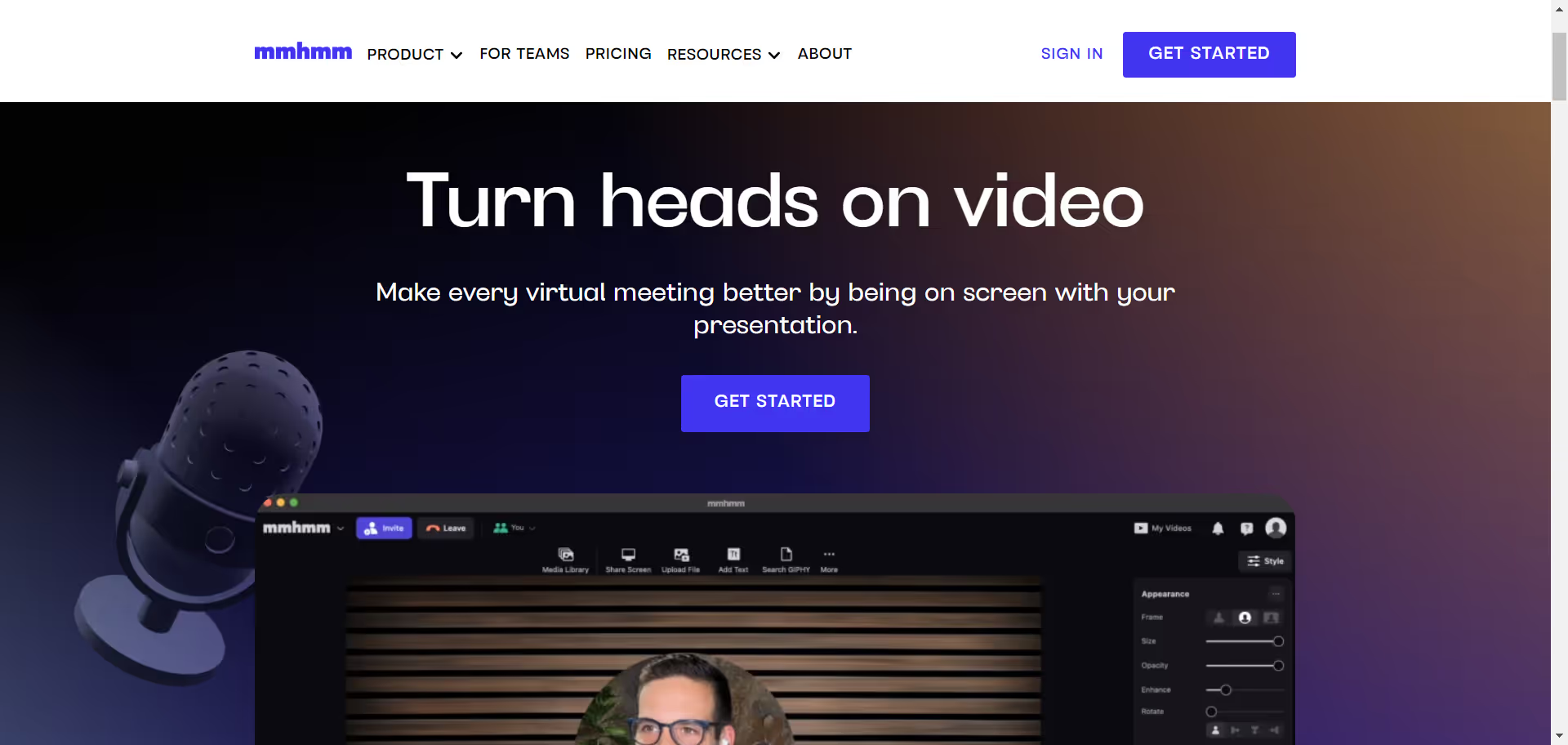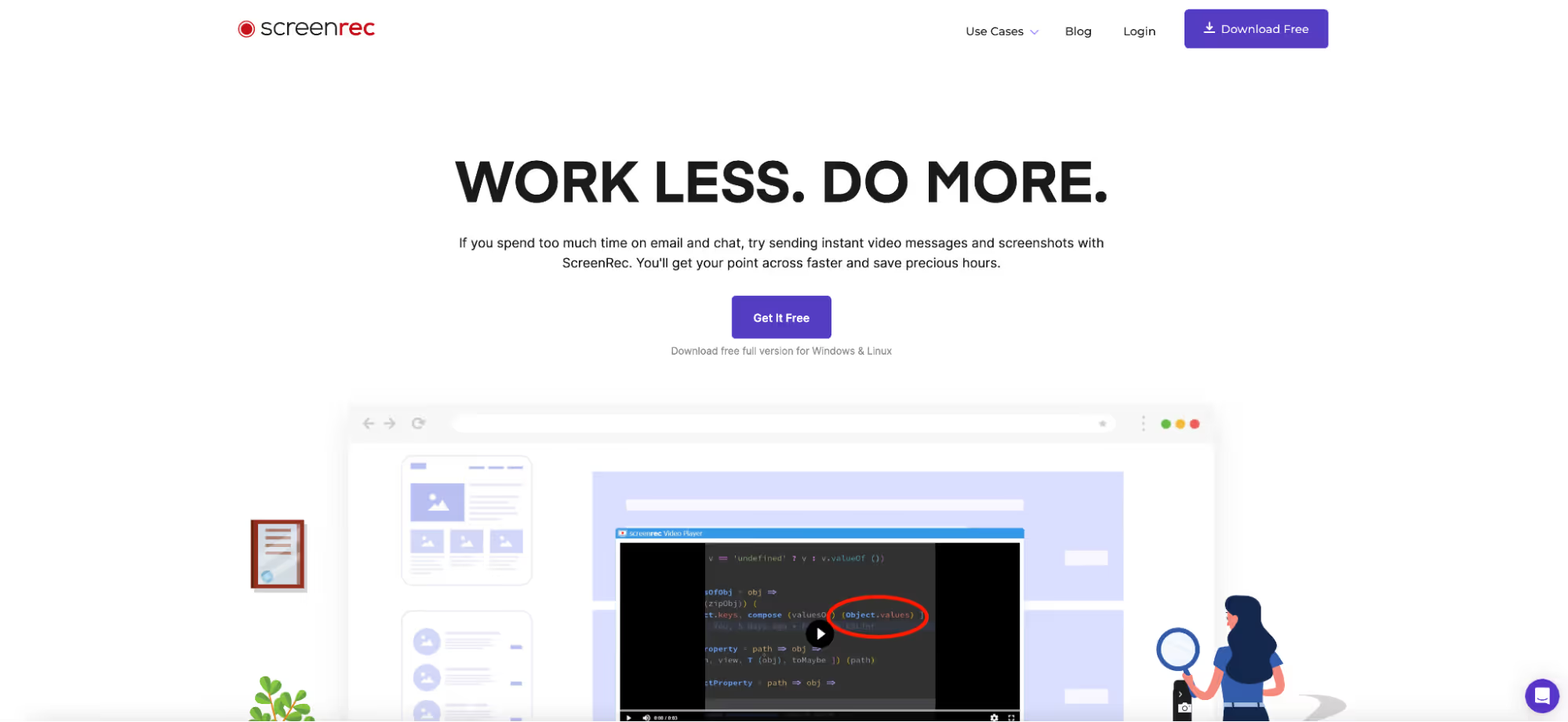
Navigating Approach Avoidance Conflict: a Comprehensive Guide
Approach-avoidance conflict is essentially the tug-of-war of our mind, but without effective strategies of navigating this internal conflict, we are left in a continuous push-pull. Jump in and learn how best to be free from this mental deadlock.
Approach-avoidance conflict is a complex psychological experience that impacts processes such as decision-making, behavior and emotional responses. In fact, approach-avoidance conflict is responsible for many examples of indecision and inner confrontation, but often goes under the radar. This changes for you today, and from now on, you will be a pro when it comes to understanding and navigating these inner conflicts.
https://app.usebubbles.com/mUQrf1PPoZN3ur5JK2RNYp/how-to-record-video-on-mac
1. What is Approach Avoidance Conflict?
So what exactly is this psychological experience? Briefly, it is a conflict wherein someone inwardly moves toward and pulls away from something. It is a term that has been rooted in social psychology and neuroscience since the link between approach-avoidance conflicts as elements of stress was coined by psychologist Kurt Lewin. Psychologists and neuroscientists since Lewin apply the term when an individual is enticed and repelled by the same goal or object.

This happens when the same goal features both appetitive (positive) and aversive (negative) aspects. This makes the goal elicit both pleasant emotional and physical reactions in people and revulsion and fear represented by avoidance behavior — it is essentially a psychological tug-of-war, to put it simply.
2. What is an Example of Approach Avoidance Conflict
Approach-avoidance conflicts are inevitable occurrences in daily life, and range from the correct choice of breakfast food to the moral dilemmas that face those in both business and political careers. In a very everyday context, we can go with an example of the arachnophobia (fear of spiders). The person who is freaked out by spiders may really want to (approach) the spider and overcome their fears by getting closer, but equally will likely experience a strong feeling to dodge the spider (avoidance).
However, let's consider a workplace example, and talk about your best method of navigating these type of scenarios. Say for instance, you have just been offered a promotion to a managerial position. For this example, the promotion offers a substantial pay raise and more of an opportunity to lead projects and make your ideas count. However, the role also demands longer work hours, and more of a need to manage a team of people towards successful collaboration. There is an approach-avoidance conflict here that could lead the individual to be torn between a want to further their career (approach) and a fear of the increased stress and responsibility.
How can you navigate this in your workplace?
A study by Itiel Dror has proven that when making decisions under time pressure, participants were more conservative at the lower risk levels but were more prone to take risks at the higher levels of risk. This indicates to me that often, individuals will rush to make a big decision, like the example decision here. The individual will want to impress by making the bold and confident choice in front of their manager or higher-up. In reality, these are decisions where we should only consider our intrapersonal conflict, and prioritize our lives and careers. How can we do this?
Essentially, we need to reduce the pressure, and therefore, by implementing a system of asynchronous communication for scenarios like this, you and your company can build a culture of consideration. For example, the manager could send a bubble to the member of the team, explaining that they have been impressive over the period of their contract, and that they would like to reward them with a raise. The recipient could review this in their own time, and come to a decision that makes sense for them, without the presence of outside influence.
Make your
meetings matter
Loved and trusted by 100,000+ users:
- Automatically Record and Transcribe Meetings
- Extremely Accurate Notes, Summaries, and Action Items powered by AI
- Works with Zoom, Google Meet, and Microsoft Teams
- Save time and follow-up with quick async videos
Simply connect your work Google or Microsoft Calendar to get started.
3. Understanding the Psychological Mechanics
To be more specific on the 'what' behind approach-avoidance conflict, we should boost our understanding by delving into the various psychological areas. These include processes such as:
Basic concepts: As stated above, it was illustrated as a psychological tug-of-war.
Behavioral Inhibition and Activation (BIS/BAS): These systems, housed in the brain, modulate individuals’ avoidant and approach behaviors. The Behavioral Inhibition System (BIS) is stirred by signs of punishment, non-reward and novel stimuli, leading to avoidance behaviors. On the other hand, the Behavioral Activation System (BAS) is driven by signals of reward, leading to approach behaviors.
The Amygdala and Striatum: Because the amygdala processes emotions — particularly fear and aversion responses — and the striatum processes reward and habit development, they are essential to considering processes such as role conflict and approaches to study and solve it. This is not to say that a solid understanding here can solve approach-avoidance conflicts, as conflicts like this are not easy to entirely cure. Instead, we should gain understanding here to help us navigate and manage.
In summary, the psychological mechanics can be complex, as each individual experiencing these conflicts is wired differently. If you want to dig deeper here, and really understand what might be impacting your decision-making, consider looking into the following:
Examining the influence of cognitive and affective factors, valence dynamics (appeal or repulsion), potential cognitive-behavioral approaches, and effects of motivation and arousal, as well as insights from neuroscientific studies, such as neuroimaging studies, studies of specific performance variables, and studies of psychopathology.
By disentangling the underlying processes of approach-avoidance conflicts and its resolution, a more stimulating and richer input for understanding and interpreting findings from neuroscience on approach-avoidance conflicts and behaviors can more readily be formed. I'd hope the end result will be that you discover a newfound ability to manage and resolve approach-avoidance conflict.
Conflict Resolution Strategies
Understanding Valence Dynamics
If you can begin to recognize the positive and negative valences associated with the decision, it can be a driving factor in getting a better understanding of the conflict. For many psychologists, it is all about clarity of thought and having the ability to have logical cognition during intrapersonal conflict, so that you can formulate strategies to navigate it.
Cognitive-Behavioral Approaches
Employing cognitive-behavioral strategies and learnings can help in re-framing the cognitive aspects and managing the emotional responses related to the conflict. This is not to say you have to change the entire way you think and behave, but little tweaks here and there can be beneficial to becoming a great thinker.
Utilizing Motivation and Arousal
Understanding your true motivation and what makes you happy, as well as your overall career goals can help in making more balanced decisions as this will overcome any impulsive decisions and manage arousal levels.
Neuroscientific Insights
Neuroimaging Studies
Neuroimaging studies, particularly involving the anterior cingulate cortex and orbitofrontal cortex, provide insights into the neural underpinnings of approach-avoidance conflicts. It has revolutionized the way that professionals understand the brain function, and is commonly used for researchers who are studying neurological disorders. I don't recommend you to go and seek insight onto your own brain function here, as I fear this can represent a slightly extreme approach to managing intrapersonal conflict, but it is a good behavioral analysis to be aware of.

Pavlovian Influences
In a similar light, understanding the Pavlovian conditioning aspects, which were discovered by Russian physiologist Ivan Pavlovsuch, as to how certain stimuli become associated with rewards or punishments, can open our eyes wider on the development and persistence of these conflicts.
Psychopathology and Approach-Avoidance Conflict
Anxiety Disorders
Approach-avoidance conflicts are very relevant in the context of anxiety disorders, where individuals often face a struggle between wanting to confront fear-inducing situations (approach) and a desire to avoid them (avoidance). Anxiety disorder is a branch of psychology where we already see a heightened sense of indecision, caused by fear and worry, so for those individuals then facing a challenging approach-avoidance conflict, it can be beneficial to get a second opinion.
Implications in Social Phobia
Social phobia is another area where these conflicts are prominently observed, and is an area of social psychology where we see individuals experiencing a desire for social interaction, but inhibited by fear and anxiety. Support can be key here too, but it can also be beneficial to these individuals to have less thinking time, so that they can act instinctively without fear and worry creeping in.
Conclusion
Navigating approach-avoidance conflict involves understanding the elaborate dance of one’s desires and fears. By exploring the psychological, neuroscientific, and behavioral aspects, this guide aims to serve as a roadmap to comprehend and manage these often difficult conflicts, improving your decision-making with small behavioral tweaks implemented after self-evaluating patterns of avoidance and approach. Whether in personal or professional goals, or dealing with a snake phobia, understanding the dynamics of approach-avoidance conflict is a key to conflict resolution and personal growth.
Collaborate better with your team
Get your point across using screen, video, and audio messages. Bubbles is free, and offers unlimited recordings with a click of a button.
.avif)
Collaborate better with your team
Get your point across using screen, video, and audio messages. Bubbles is free, and offers unlimited recordings with a click of a button.
.avif)













.avif)